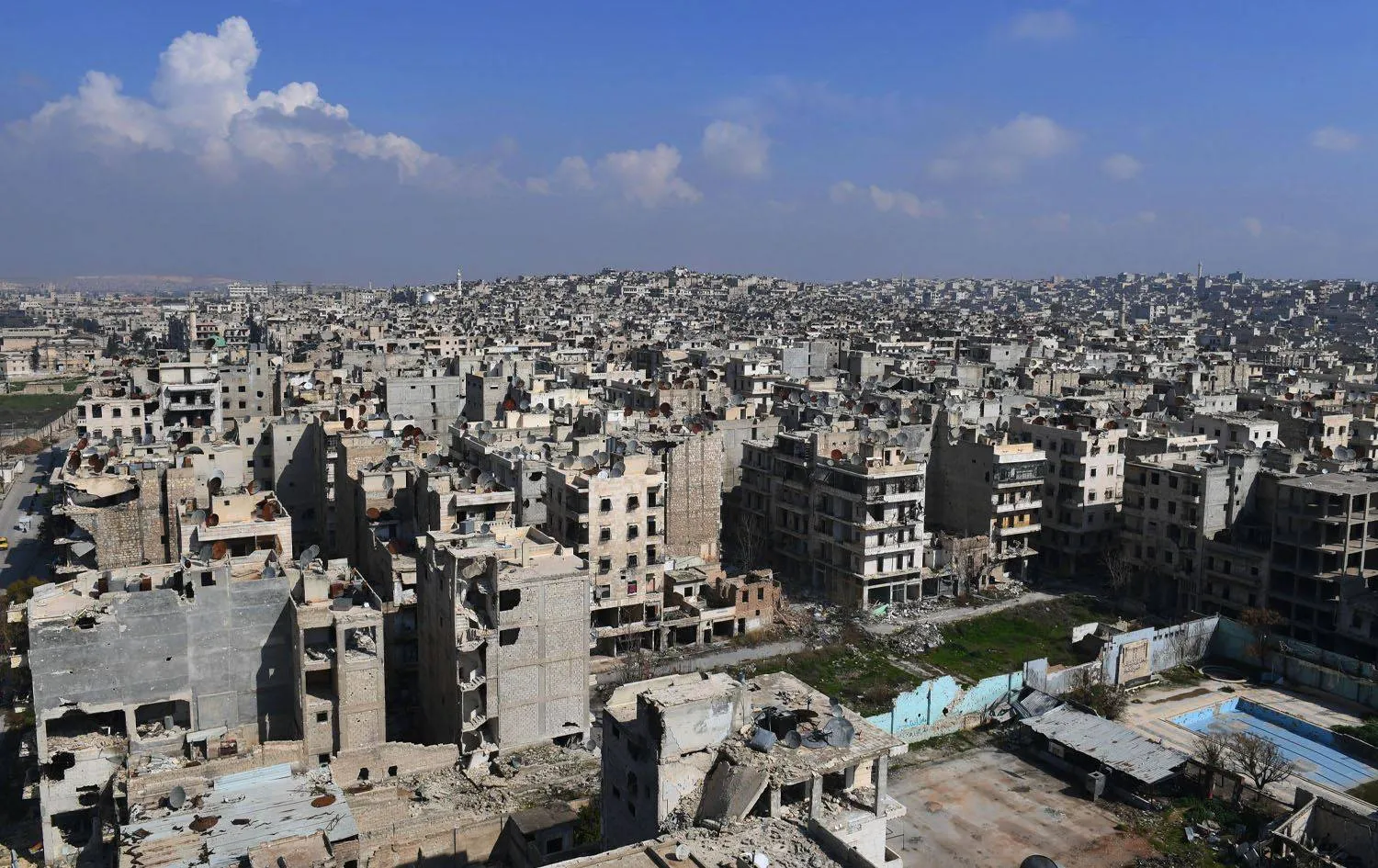Tensions persisted between Iraq’s Sadrist movement, headed by influential cleric Moqtada al-Sadr, and the Dawa party, headed by former Prime Minister Nouri al-Maliki, in spite of their efforts to calm the situation.
The tensions had erupted when a supporter of the Dawa had made offensive remarks against Sadr’s late father, prominent Shiite cleric Mohammed Mohammed Sadeq al-Sadr, who was assassinated in 1999. The former Iraqi regime is blamed for his killing.
The Dawa party condemned the offense and the Sadrist movement welcomed the statement, thanking members of the party, except for its leader, Maliki.
The Dawa had also called for drafting a law that would criminalize insults to major clerics, especially late Shiite authorities Mohammed Baqer al-Sadr, who was executed by the former regime in 1980, and Sadr’s father.
Relations are already strained between the Dawa and Sadrists in wake of the clashes that erupted in Baghdad’s Green Zone in August 2022. The clashes pitted Sadr supporters against the Coordination Framework and left over 60 dead and hundreds wounded.
In spite of the statements from both parties, tensions persisted on the ground, sparked by attacks against positions of the Popular Mobilization Forces (PMF) in Najaf city and other areas and against two Dawa party headquarters.
The attacks were blamed “unknown gunmen”, a term used in Iraq to refer to a “third party”, which is often accused of carrying out such attacks to avoid an open confrontation between the Dawa and Sadrists.
Moqtada al-Sadr visited on Monday the buildings that were damaged in the attack.
“Sadr’s Minister”, Saleh Mohammed al-Iraqi, tweeted that Sadr “rejects violence and the use of arms by any party.”
Meanwhile, a prominent member of the Sadrist movement, Hassan al-Athari accused the Dawa of insulting the memory of Mohammed Mohammed Sadeq al-Sadr for alleging that he had ties with Saddam Hussein’s former regime.
The Dawa issued a statement to refute Athari’s remarks. It clarified that media claiming to be affiliated with the Dawa were making such statements. It stressed that the party was not linked to these websites and media.
Furthermore, such claims aim at “sowing strife between brothers”.
“All of our platforms and media are committed to journalistic standards and publishing laws. The party would never insult anyone or publish anything that would fuel hostility,” it stated.









